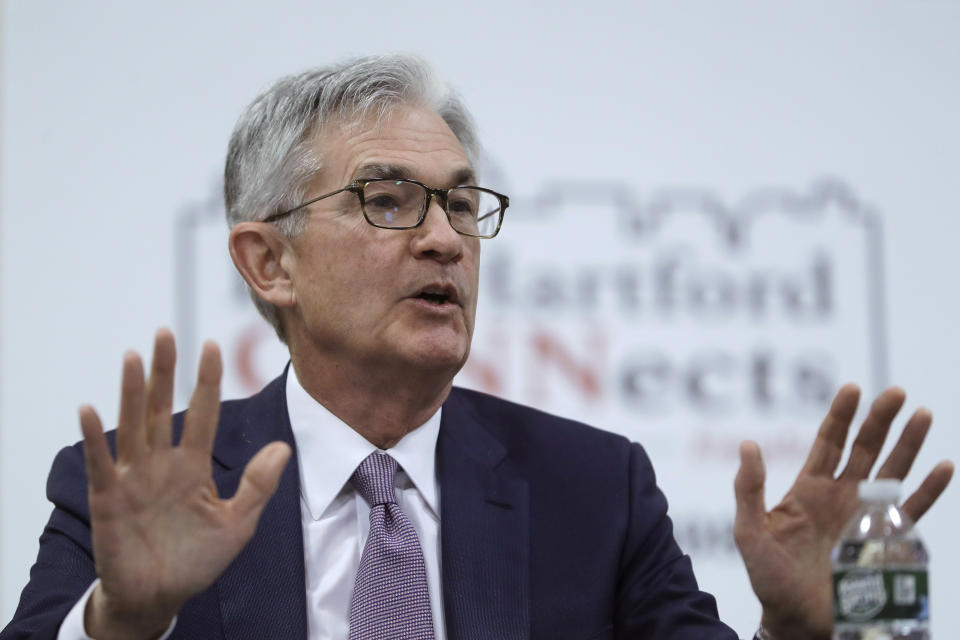Fed's 'lose-lose-lose' position will be short-term win for investors: Mohamed El-Erian
The Federal Reserve is stuck — under increasing pressure from markets (and President Trump) — and is unable to significantly re-inflate growth from here.
“They're in a lose-lose-lose,” said Mohamed El-Erian, senior economic adviser at Allianz, in an interview with Yahoo Finance’s On the Move. “They can't stay where they are. They can't do more. But they can't do less. And that's the irony of relying for too long simply on central banks.”
That “lose-lose-lose” situation for the Fed is a win-win for investors — for now.
“Very short term, this is great for investors. How often do we get the trifecta of high returns, not only on your risk assets, but also on your risk mitigation assets, on your bonds?” said El-Erian.
But it won’t last, unless the economy can find “genuine drivers of growth,” he said. “Otherwise, we're going to find that the gap between asset prices up here and fundamentals down here is too large.”
Three things need to happen for that to occur, said El-Erian. “First, solve the trade tensions. Secondly, Germany implements fiscal stimulus. Thirdly, we get an infrastructure effort both in the U.S. and Europe.”
He thinks the market is way too optimistic about those three events happening.
The Fed has been the economy’s savior in the past. Some investors have recently argued that the central bank has cushioned the economic blow to the U.S. economy from the U.S.-China trade war. But El-Erian isn’t confident that cushion is inexhaustible.
“How do central banks pursue their economic objectives? By pushing up asset prices. By hoping that higher asset prices make us feel wealthier,” he said. “And as we feel wealthier, we spend more. And as we spend more, companies invest more.”
But guess what. It doesn't work. And there is collateral damage and unintended consequences. So, what you're seeing here is basically the Fed pushing on a string. However, the Fed cannot pull back, because if it pulled back it's worried that it's going to disrupt markets. And if it disrupts markets, there can be a spillover on the economy.”

For now, the Fed has paused in this quest to inflate asset prices. Fed Chairman Jerome Powell signaled in a speech Monday night the central bank is done with cutting rates for the time being, and the market appears to have gotten the message.
Fed funds futures are indicating a 96% probability that the Fed will stand pat at its Dec. 11 meeting, according to the CME FedWatch tool. At the same time, the 10-year Treasury yield is at 1.74%. For perspective, it’s been near that rate: the yield hit a low of 1.51% in late August, and hasn’t traded above 2% since July.
Julie Hyman is the co-anchor of On the Move on Yahoo Finance.
Read the latest financial and business news from Yahoo Finance
Follow Yahoo Finance on Twitter, Facebook, Instagram, Flipboard, SmartNews, LinkedIn, YouTube, and reddit.

 money
money 
